How to Fix OBS “Encoding Overloaded” Issue
- Choose the right settings in OBS
- Optimize your PC for better performance
- Try alternative programs
Today we’ll look at one of the most common errors that OBS users come across when working with the program – OBS “Encoding overloaded” warning – and at ways to fix it.
Our goal is to provide you with only verified information. To ensure this, Movavi Content Team does the following:
When selecting products to include in our reviews, we research both demand and popularity.
The team tests all the products mentioned in this article.
When testing, we compare the key characteristics of the products, which include selecting capture area, schedule recording, showing keystrokes and mouse, and other significant features.
We study user reviews from popular review platforms and make use of this information when writing our product reviews.
We collect feedback from our users and analyze their opinions of Movavi software as well as products from other companies.
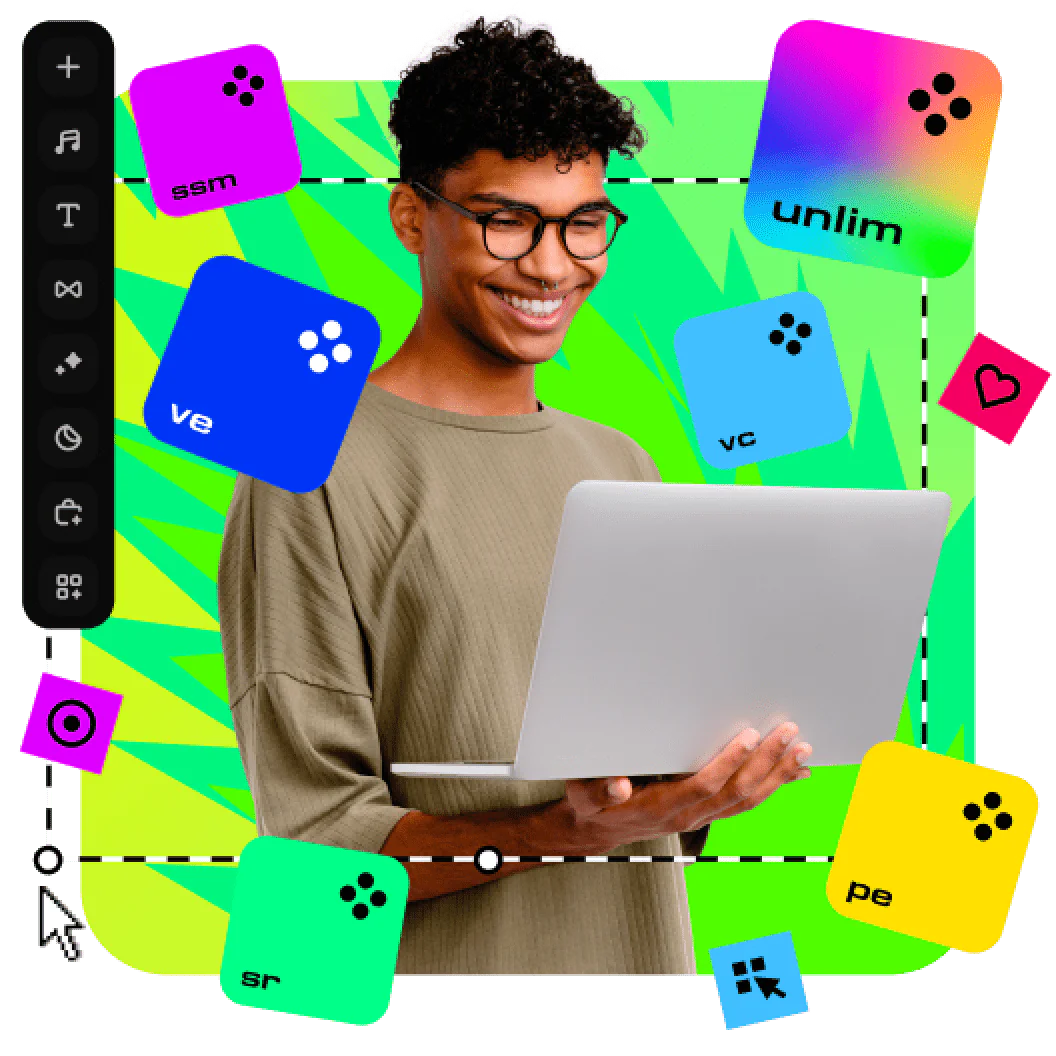
Encoding video demands a considerable amount of CPU usage, and if you see this issue, it probably means that the encoder is overloaded, which essentially means that your PC is not capable of both processing the game and encoding the stream at the same time with the settings you have in place. In short, you are asking your hardware to run faster than it can. As a result, you’ll most likely experience periodic lags in the system and see the video freeze from time to time. Read on to learn how to fix “Encoding overloaded” in OBS Studio. We’ll cover 3 solutions to the problem:
Special pick: Movavi Screen Recorder
If OBS encoding overloaded fixes didn’t help, and you are looking for an alternative to OBS, consider Movavi Screen Recorder. This app lets you capture your screen with no lags, draw on your recordings, and delete unnecessary fragments. The program’s simple interface makes it incredibly easy to use. Download the trial version and see for yourself!
OBS is incredibly versatile in terms of customization, and the encoding overload may simply be caused by the fact that you haven’t reviewed the settings for your stream. Consider turning down video settings and see if this solves the problem of OBS high encoding warning.
The resolution is a key factor that determines CPU usage. Since OBS records your screen in real time, CPU usage rises significantly with the number of pixels your processor has to handle for each frame. Your original content will probably be at 1080p resolution, so, naturally, you’ll want all this quality in the output; the question is – can your CPU handle it? If you see the message “Encoding overloaded” in OBS, your CPU is probably choking on the encoding. Consider turning down video settings.
By scaling the resolution down, you’re telling OBS to shrink the video before sending it to the encoder, thus putting less pressure on your CPU. At the same time, your layout stays the same, as you do not change the Base (Canvas) Resolution.
To do this, click on Settings on the bottom-right side of the screen, then go to the Video tab and click Output (scaled) Resolution. Lower this parameter from 1920 × 1080 to 1280 × 720, for example, and see how that works. Click OK and exit OBS. Restart your computer and launch your stream to see if the warning disappears.
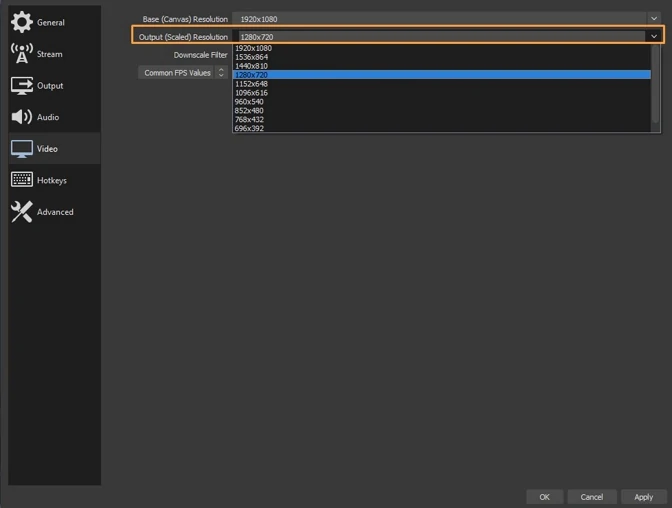
The downscale filters you see in the drop-down menu below change the algorithm used to reduce the bit count. The Bilinear filter is the fastest and the one that reduces the quality the most. The Lanczos filter looks better but uses more resources. Try different filters: sometimes just one of them will make the error disappear.
The frame rate parameter controls the number of frames you capture from every second of the original game video. This parameter puts pressure on the GPU, which has to be powerful enough to render all these frames. If you’re capturing at a high frame rate (48 to 60), you may experience lags because your GPU is unable to render the game itself as well as the video you’re streaming. In reality, streaming at 30 or even 24 FPS won’t decrease the quality significantly, but may give your encoder enough room to process the video. Also, you may want to limit the game’s FPS usage to 90% – do this by enabling Vsync or other in-game limiters to leave even more capacity on the GPU for OBS.
To lower the frame rate in OBS, go to Settings – Video. There, select Common FPS Values and choose 30 or less. Click OK and exit OBS. Restart your computer and launch your stream to see if the warning disappears.
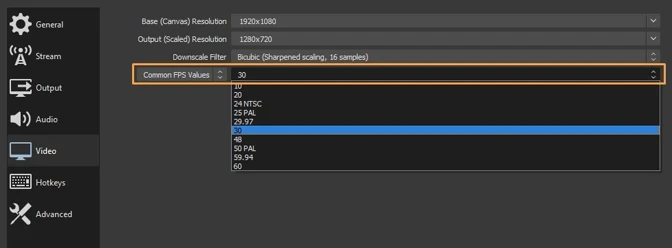
By default, OBS uses the best open-source video encoding library – x264. It has several presets that set the CPU usage and the video quality of your output to optimally balance between these two. The default preset is called “veryfast” and, in most cases, it does provide the best balance. The difference in presets indicates the speed at which the encoder should run. The faster the speed, the less CPU power is used and, as a consequence, the lower the quality of the video. Don’t get confused: here, “fast” is not “better”, but rather “with less attention to detail”. So, if your PC lags at “veryfast” speed, try an even faster one.
To do this, go to Settings, then open the Output tab. Check the Enable Advanced Encoder Settings if it is unchecked. Verify that the encoder chosen is Software (x264). Choose the Encoder Preset.

Changing the preset is a good way to start resolving the overload issue if you want to reduce CPU usage but keep your resolution and FPS unchanged. In this case, set your x264 preset to “superfast” or “ultrafast” to reduce CPU cycles.
Keep in mind that the difference between these presets is quite large, as they dramatically change the amount of CPU usage. So, think twice before slowing down the preset: it is always better to have the spare CPU capacity to fall back on.
OBS lets you use alternatives to x264, namely AMF, Quicksync, or NVENC – hardware encoders enabled on recent AMD, Intel, and Nvidia GPUs respectively. The logic here is that GPU-based encoders deliver lower quality than x264 for the same bitrate, but they unburden your CPU by taking on part of its encoding load.
You can see if one of these encoders is available to you under Settings – Output – Streaming – Encoder. To see all the settings, make sure your Output Mode is set to Advanced. For example, in the following image, you can see that the QuickSynс H.264 option is available to me.
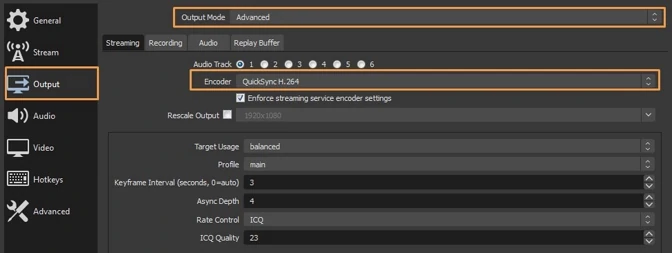
User feedback indicates that NVENC is very close in quality to x264 on the veryfast preset, while AMF renders significantly less well. AMF uses GPU resources for its work, and if the GPU is already fully occupied rendering a game, AMF doesn’t get enough power and starts to lag massively. Recordings made with AMF usually contain some graininess, regardless of how high you push the bitrate.
X264 and NVENC don't use GPU computing resources, because x264 runs on the CPU and NVENC has a dedicated circuit on the GPU chip that runs only for encoding and has no other purpose. So, you won’t see encoding lagging from high GPU load with either of these.
The Quicksync encoder is as good as NVENC for recording, providing you set it up correctly: use ICQ as the rate control and set the ICQ quality value between 20 (better quality, larger files) and 23 (diminished quality, smaller files).
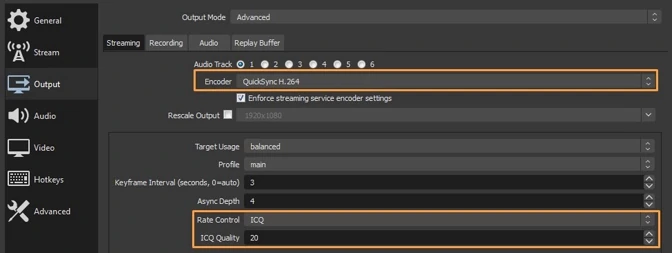
If your encoding options don’t show Quicksync, it could be that your Integrated Graphics (iGPU) is turned off. Navigate to your BIOS and check that this option is enabled in the settings. After enabling the iGPU, restart your computer. Windows should auto-download the latest Intel drivers and you should now see “Intel(R) HD Graphics” in the Windows device manager and "QuickSync H.264" in the OBS list of encoders.
If none of the above tips worked, the issue is probably related to your hardware – either it is just not powerful enough to handle simultaneous gaming and streaming, or it is not optimized correctly for gaming. Let’s see what can be done from this point of view.
The devices that decode video may use a considerable amount of CPU capacity if not set up correctly, so you may want to check the settings for your webcam or capture card. Just verify that they are not running at a high resolution: 480p is more than enough providing you don’t need a full-screen picture. The same applies to browser sources that have complex scripts and animation.
Another thing to check is other applications related to streaming running in the background, such as Discord, the Windows game bar, or Nvidia Overlay. These applications may conflict with OBS and slow it down, producing encoding overloads. We recommend you disable these applications altogether and uninstall them if you don’t use them.
By the way, don’t stop at recording applications, but close all unnecessary programs running in parallel with your game and stream. This will help your CPU to focus on these two processes. You might be surprised by the number of background applications that hog your CPU without your knowing it.
To see what applications are running, hit Windows key + R, type “taskmgr” and press Enter. This will open the task manager, where you can right-click on unnecessary applications and select End task.
Also, check the tray at the bottom right side of the screen for any icons of other apps running there. If you find one, right-click on it and select Exit.

To uninstall an application, hit Windows key + R and type “appwiz.cpl” to open the application manager. There, find the application you want to uninstall, right-click on it and select Uninstall.
OBS requires not only RAM but also space on the hard drive for operations like writing temporary configurations and output files, so the encoding overload may result from a lack of local storage. You’ve already started working on this point if you’ve uninstalled all the unnecessary applications from your drive. Another thing to do is to perform a disk cleanup.
To do this, press Windows key + E, right-click on the drive you want to clean, and go to Properties. In the window that opens, select the General tab and hit Disk Cleanup. Restart your computer and launch your stream to see if the warning disappears.
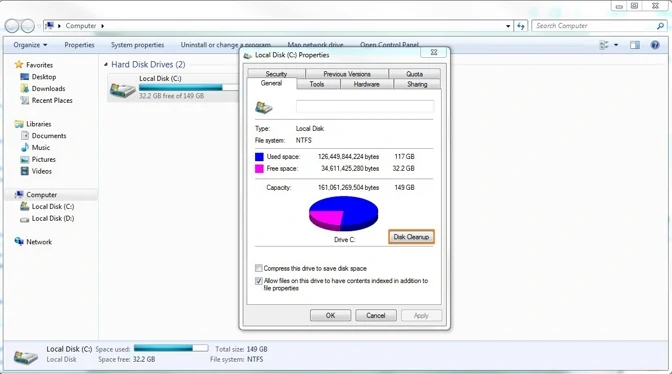
When distributing power among processes, the CPU is guided by the principle of priorities. And it is possible that OBS is set as a low-priority task in the task manager. This means that CPU resources will be channeled first to other processes, leaving OBS with only the crumbs. As a result, the program will lack the processing power to perform the encoding, and an overload will ensue.
To set process priorities, go to the task manager, as shown earlier, find OBS among the tasks, right-click on it and hit Go to Process. This will transfer you to the relevant process in the Processes tab. Right-click on it and set the priority to Above normal. We do not advise setting the priority to High or Realtime, as you still need to leave processing power for other tasks aside from your stream – most importantly, to the game you’re streaming.
But it is possible that your PC will attribute a lower priority to OBS than to a game, and if the game is not that demanding, you might want to change this, too, by changing the priority of the corresponding game process to Below normal.
Go back to the game and see if your stream has improved.
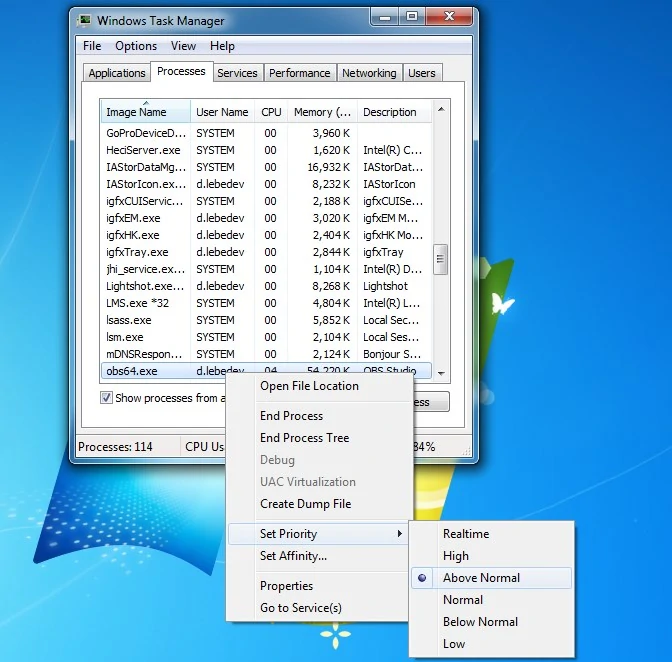
It might seem ironic because in one of our recent articles we showed you how to turn Game Mode ON. The thing is, if you want to play and stream at the same time, you won’t want to channel all your CPU resources to the game, as you also need them to process the video that you’re streaming (or recording). Game Mode can be quite aggressive in this regard, boosting the game to the point where OBS could be left without even a small share of the CPU.
To turn Game Mode off, press Windows key + I, type “game mode” in the search box, and click Control Game Mode for optimizing your PC for games. In the menu that opens, click Game Mode. Switch it to Off.
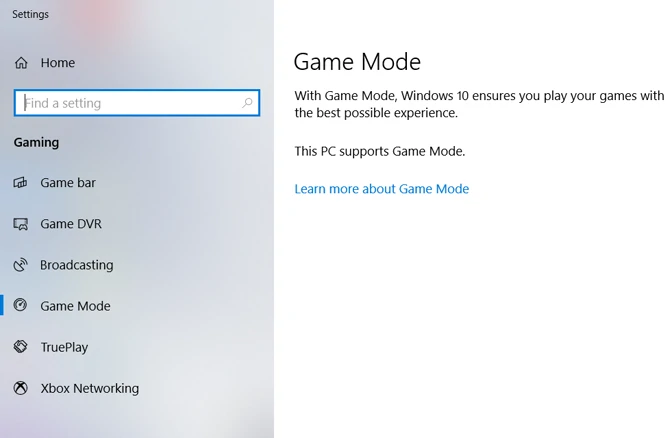
Well, the whole problem may come down to the fact that your hardware just can’t handle simultaneous streaming and gaming, in which case either all the above tricks will be useless, or will lower the quality of your stream so much that no one will want to look at it in the first place.
The multitasking and media rendering involved in game recording and streaming needs a solid processor with 6 or 8 cores: 7th to 9th generation Intel i5 or i7 or a mid-range AMD, such as the 3700X model, will be more than enough.
Also, OBS is one of the few streaming and recording programs that really make use of your GPU. But an old GPU will be more of an obstacle than a benefit for good streaming because it will bottleneck your CPU. So, upgrading your GPU might be another good solution to the encoding overload issue.
If none of the methods we’ve suggested work out, maybe you should try one of the alternatives to OBS. Bandicam, ShadowPlay, or Fraps can work well for streaming on Twitch and other platforms. To record your screen, try Movavi Screen Recorder – it’s an easy-to-use app that works fast and offers many useful features. Here’s what you can do with this program:
Capture screen, webcam, system sound, and microphone
Show keystrokes
Highlight mouse cursor
Draw on recordings, add shapes and arrows
Trim your recording and cut out fragments
Export your video on popular formats
The program is so intuitive, you’ll be tweaking the settings and starting recording in minutes. Go ahead and give it a try!
To sum up, solving an OBS high encoding warning problem has three main approaches:
Changing OBS settings: reducing the output resolution, lowering the frame rate, changing the encoder preset, or switching to hardware encoding.
Optimizing your PC: checking the recording sources, closing additional programs, performing a disk cleanup, changing OBS process priority, turning Game Mode off, upgrading your hardware.
Trying alternative programs, if the methods listed above didn’t work.
Movavi Screen Recorder
The perfect way to record anything from your screen
Disclaimer: Please be aware that Movavi Screen Recorder does not allow capture of copy-protected video and audio streams.
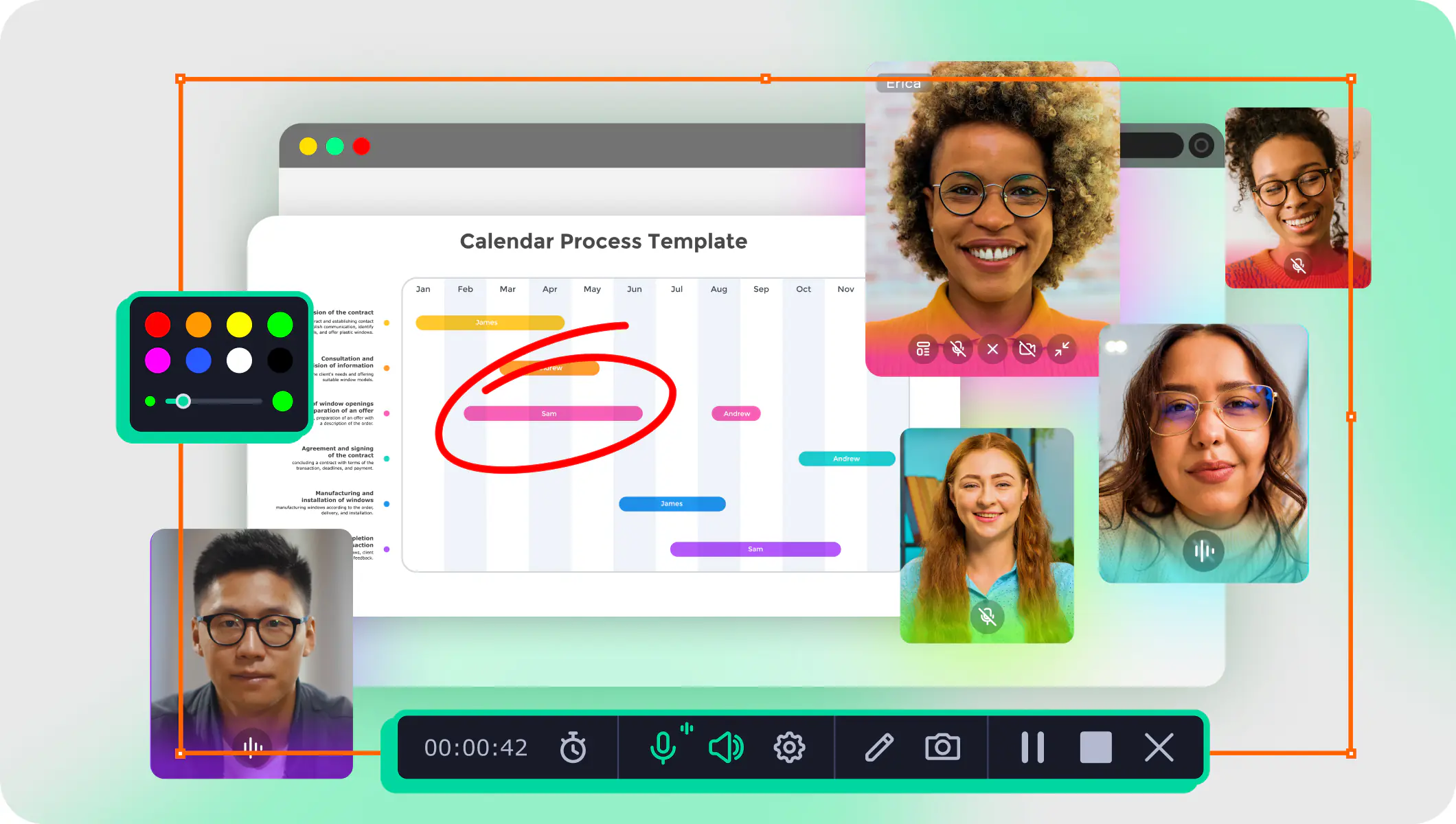
Frequently asked questions
Popular
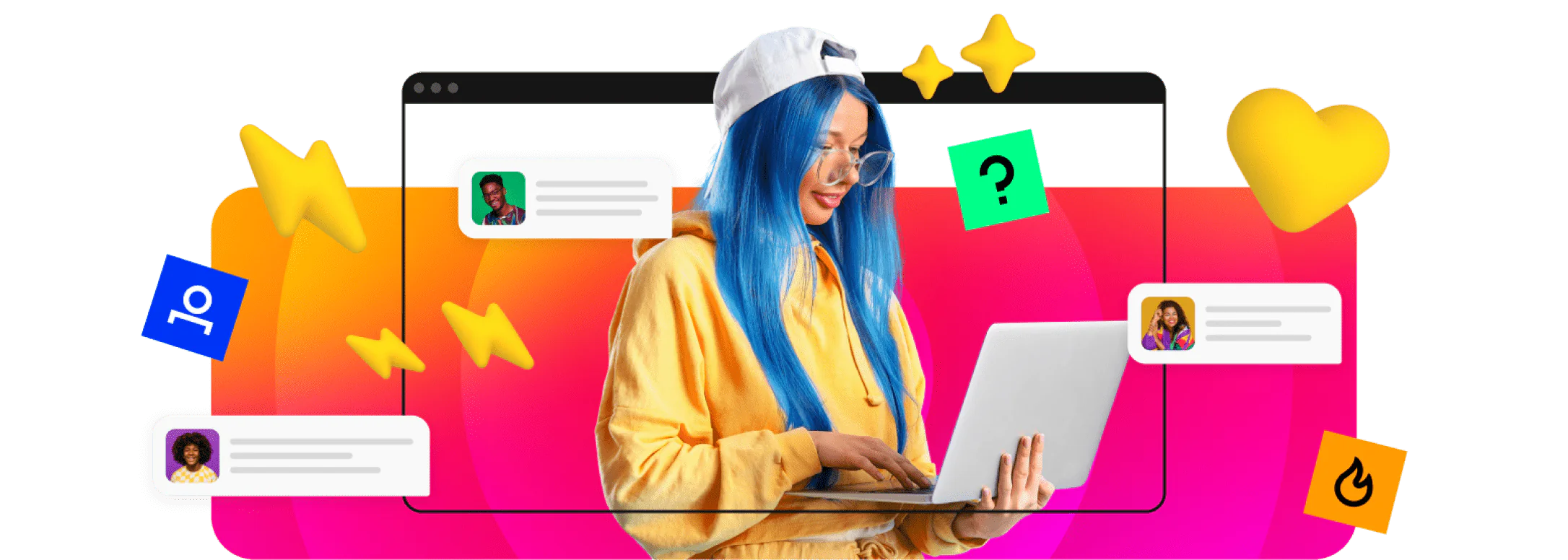
Have questions?
If you can’t find the answer to your question, please feel free to contact our Support Team.
Join for how-to guides, speсial offers, and app tips!
1.5М+ users already subscribed to our newsletter